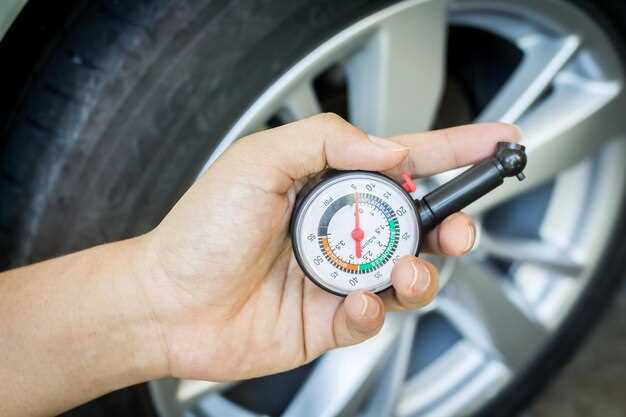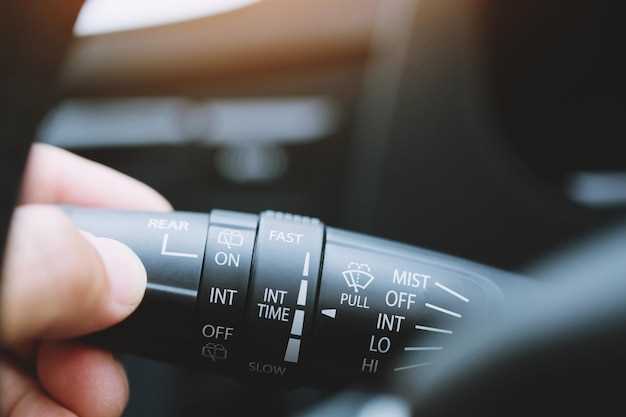
Tire maintenance is an essential aspect of vehicle care, ensuring both safety and efficiency on the road. For Toyota owners, understanding the importance of tire rotation can significantly enhance the lifespan of their tires and improve vehicle performance. Regular rotation helps to promote even wear across all tires, which is crucial for maintaining optimal traction and handling.
According to Toyota’s recommendations, tire rotation should occur at specific mileage intervals, typically every 5,000 to 7,500 miles. Adhering to these guidelines not only prevents uneven wear but also extends the overall life of the tires. Additionally, monitoring tire pressure and tread depth is equally important in conjunction with regular rotations.
In this article, we will explore the detailed guidelines for tire rotation based on mileage, including the benefits of adhering to these intervals and practical tips for ensuring your tires remain in peak condition. By following these guidelines, you can enhance the performance of your Toyota and ensure a safer driving experience.
Mileage-Based Tire Rotation Schedule for Toyota Vehicles

Maintaining optimal tire performance in Toyota vehicles is crucial for safety and longevity. Implementing a mileage-based tire rotation schedule can significantly enhance tire life and improve handling. It is generally recommended to rotate your tires every 5,000 to 7,500 miles, depending on driving conditions and tire type.
For Toyota vehicles, the following rotation schedule can serve as a guideline:
- 5,000 miles: Rotate tires if you frequently drive on rough or uneven surfaces.
- 6,000 miles: Recommended rotation for mixed driving conditions, including city and highway.
- 7,500 miles: Ideal for predominantly highway driving, but monitor tire condition regularly.
Adhering to this rotation schedule helps ensure even tread wear. Uneven tire wear can affect fuel efficiency and overall vehicle performance, potentially leading to an increase in expenses over time. Always check the vehicle’s owner’s manual for specific recommendations related to your model.
Additionally, consider checking tire pressure and alignment during each rotation. Proper pressure and alignment further contribute to balanced tire wear and vehicle safety.
Signs Your Toyota Needs Wheel Alignment

Maintaining proper alignment is crucial for the overall performance of your Toyota. Misalignment can lead to uneven tire wear and negatively affect handling. Here are some key signs that indicate your vehicle may need a wheel alignment:
1. Uneven Tire Wear: If you notice that your tires are wearing down more on one side than the other, this is a clear indication of misalignment. Regularly check the tread depth across the entire tire surface; any significant discrepancies warrant an alignment check.
2. Steering Wheel Off-Center: When driving straight, your steering wheel should be centered. If it appears tilted to one side, your wheels may be misaligned. This not only affects driving comfort but can also lead to further tire wear.
3. Pulling to One Side: If your Toyota tends to drift or pull to one side while driving on a flat road, it might suggest an alignment issue. This pulling can become dangerous, especially during highway driving.
4. Vibration in the Steering Wheel: Unexplained vibrations or oscillations felt in the steering wheel can be a sign of misalignment, particularly if no other mechanical issues are present. Such vibrations can affect your ability to control the vehicle safely.
5. Increased Fuel Consumption: A misaligned vehicle often requires more power to drive straight, which can lead to decreased fuel efficiency. If you’re seeing a sudden spike in fuel consumption, it could be time for an alignment.
6. Noises from the Suspension: Clunking or squeaking noises from the suspension may indicate alignment problems. These sounds can point to additional underlying issues that need immediate attention.
Regularly monitoring these signs can help ensure your Toyota’s tires are in optimal condition and can save you from costly repairs. If you experience any of these issues, it’s advisable to consult a professional for a thorough wheel alignment assessment.
Step-by-Step Guide to Rotating Tires on Your Toyota
Rotating your tires is essential for maintaining even tread wear and ensuring optimal performance of your Toyota. Follow these step-by-step instructions to effectively rotate your tires.
-
Gather Necessary Tools: Before starting, make sure you have the following items:
- Jack and jack stands
- Tire iron or lug wrench
- Tire pressure gauge
- Alignment tool (optional, for checking after rotation)
-
Prepare Your Toyota: Park your vehicle on a level surface and engage the parking brake. Turn off the engine.
-
Loosen Lug Nuts: Using a tire iron, slightly loosen the lug nuts on all four wheels, but do not remove them completely.
-
Lift the Car: Use your jack to securely lift the vehicle off the ground. Place jack stands under the vehicle for safety. Never work under a car only supported by a jack.
-
Remove Tires: Fully remove the loosened lug nuts and take off the tires one at a time. Keep the lug nuts in a safe place.
-
Rotate Tires: Follow the appropriate rotation pattern for your specific Toyota model:
- For front-wheel drive: Move front tires to the rear on the same side and rear tires to the front opposite side.
- For rear-wheel drive: Move rear tires to the front on the same side and front tires to the rear opposite side.
- If you have a full-size spare, replace the tire with the most wear.
-
Reattach Tires: Place the tires back onto the wheel hubs. Hand-tighten the lug nuts to keep the tires in place.
-
Lower the Vehicle: Carefully remove the jack stands and lower the vehicle back to the ground.
-
Tighten Lug Nuts: Once the car is back on the ground, use the tire iron to securely tighten the lug nuts in a crisscross pattern to ensure an even fit.
-
Check Tire Pressure: Finally, use a tire pressure gauge to check the inflation of each tire and adjust as necessary. Proper alignment and pressure help prolong tire life.
Regularly rotating your tires according to the manufacturer’s guidelines is crucial for maximizing tire longevity and performance. Following these steps will ensure your Toyota maintains optimal control and safety on the road.




